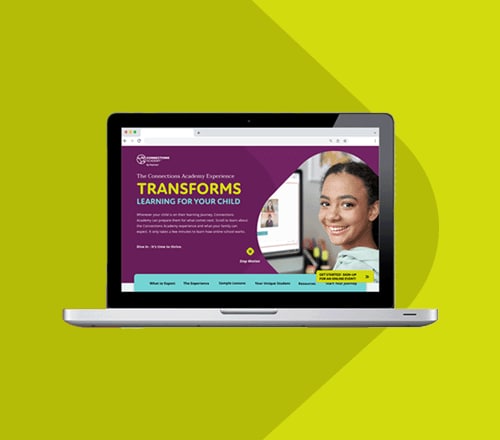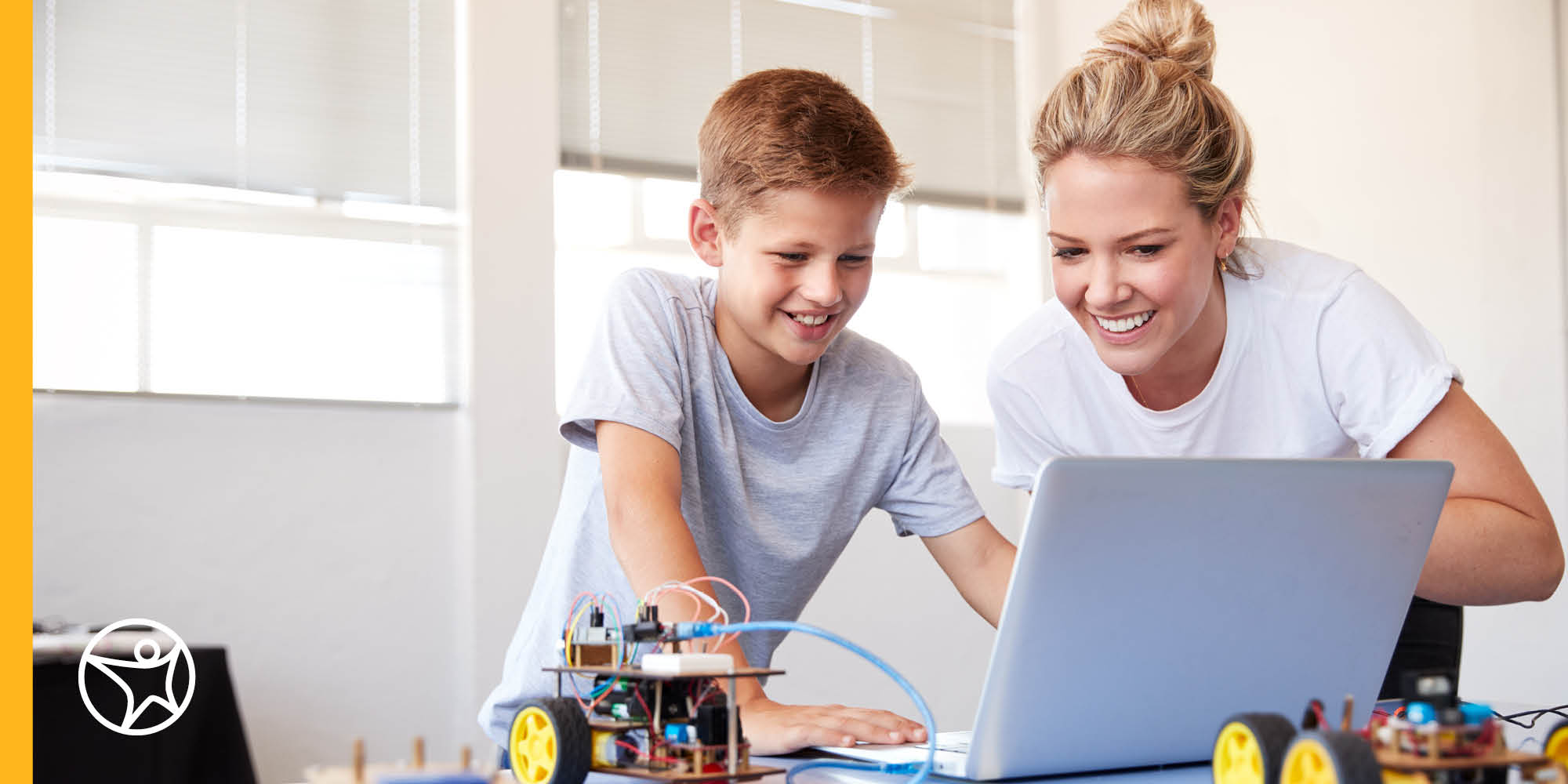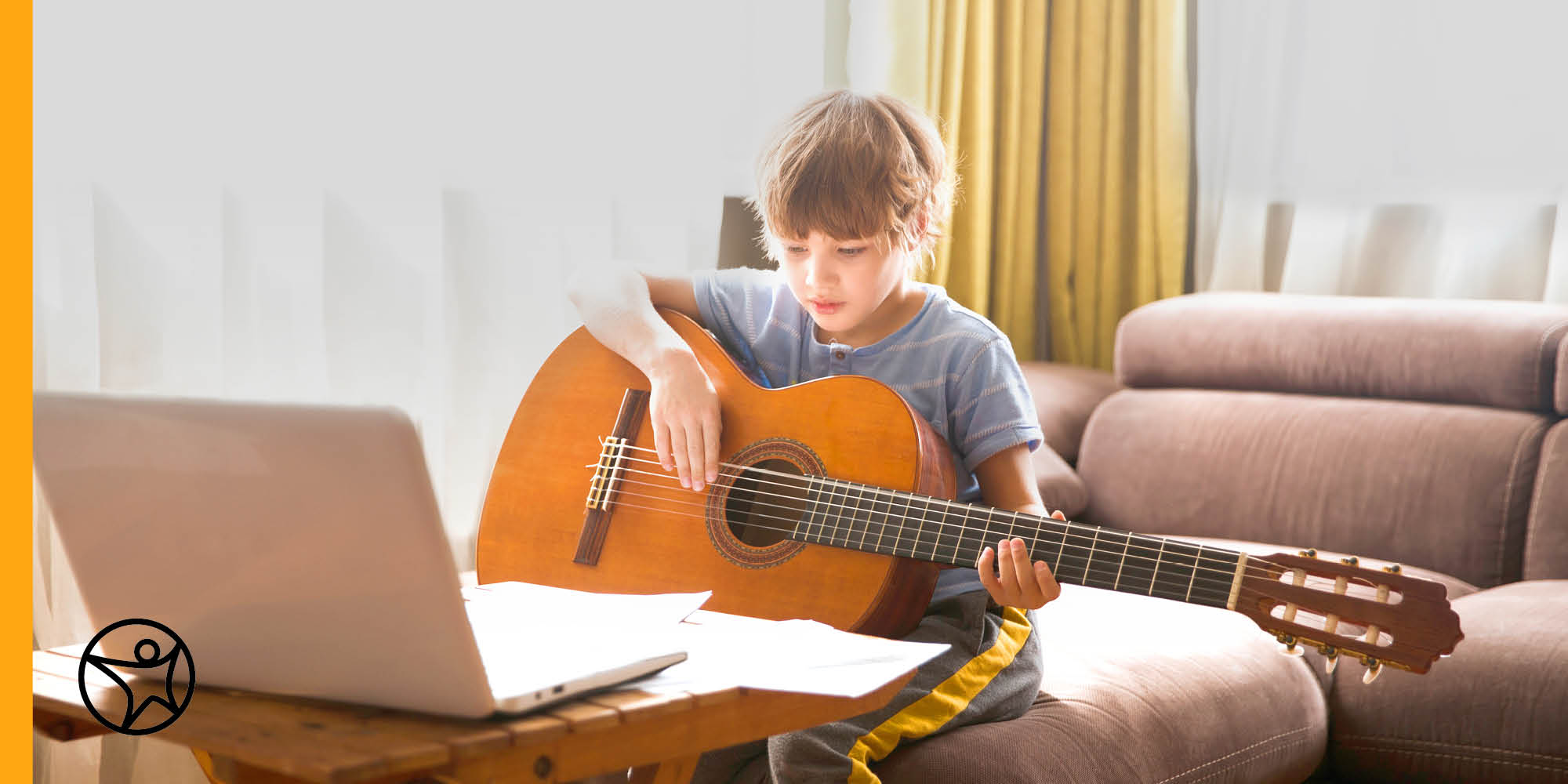How to Incorporate Project Based Learning into Online School
byElizabeth Preston
5 min to read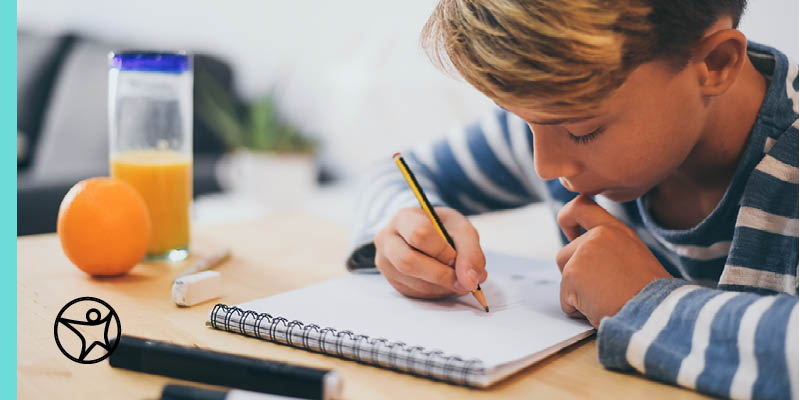
There are multiple ways to engage students in their learning processes and encourage them to partake in active learning. A project-based learning method is one of these ways, and it can be great for having students work on projects that matter to them and to engage students with their online schooling.
Read on to learn what project-based learning is, some of the benefits of project-based learning for kids, and some project-based learning ideas for students of different grade levels.
What is Project-based Learning?
Project-based learning (PBL) is hands-on and is a type of inquiry-based learning. As the PBLworks website states, PBL is “a teaching method in which students gain knowledge and skills by working for an extended period of time to investigate and respond to an authentic, engaging, and complex question, problem, or challenge.”
With PBL, students work on a project for an extended time (such as over a full semester), and during this process, they identify a problem, create a solution, build a prototype of their solution, and then refine their solution based on research, collaboration with classmates, and guidance from teachers and experts in the field. Ideally, students’ solutions are available to the public, such as through presenting their findings at a community event.
However, PBL is different from having students complete a project at the end of a learning unit. An ending project gives a student a chance to demonstrate that they have mastered the skills that a teacher has taught them. In this way, the project acts as a learning check. Instead, with PBL, the project is the learning unit itself. Teachers, parents, and Learning Coaches provide guidance and resources as students work on their PBL projects, but the focus of the learning is on students’ interactions with their projects.
Students can work on their PBL ideas individually, but working in groups may further help students learn how to collaborate and communicate with others.
Benefits of Project-based Learning
There are several benefits of project-based learning, which include:
1. Students explore topics and problems that are meaningful to them and that are connected to real-life problems.
For example, if a student is passionate about the environment, then they may choose to investigate the problem of water use in areas prone to drought. By making the projects connected to a student’s passions and to real-life problems, the projects will likely feel more meaningful to students, which will help them to stay motivated to complete it.
2. Students are encouraged to take ownership of their work and learning.
Since students may feel motivated to work on a project that matters to them, then they may be inclined to take more ownership over their project and learning process. This means that they may independently strive to explore and understand concepts connected to their project, which can be particularly helpful for reluctant learners.
3. Students engage in active learning.
Active learning is when students interact with concepts in a hands-on way. Rather than being told about an idea and being expected to absorb and regurgitate information, the student interacts with the idea themselves so that they experience it firsthand. Active learning can lead to students developing a deeper engagement with, and understanding of, concepts than if they learn about it in a passive learning method, such as listening to a lecture or watching a documentary.
4. Students practice the 4 Cs of education.
The 4Cs of education refer to essential skills that students need to be well-rounded individuals and be successful in the workplace. These skills include communication, critical thinking, creativity, and collaboration, and PBL allows students to practice these skills.
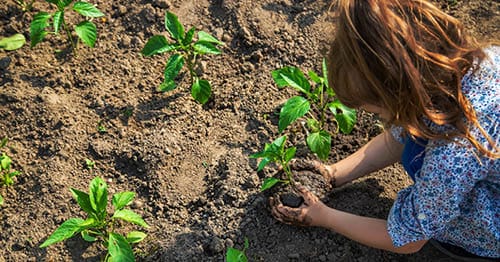
Project-based Learning Ideas
PBL ideas and projects have seven essential design elements:
- A challenging problem or question
- Sustained inquiry
- Authenticity
- Student voice and choice
- Critique and revision
- Public product
These design elements should be included in whatever PBL project students choose to pursue. Although PBL projects are largely student-led (meaning that the student chooses the topic and problem they want to tackle), they may need some ideas to get them started. You can begin with your student’s passions and brainstorm together for ideas, but here are some project-based learning ideas to help.
Kindergarten
- How can we recycle more at home?
- How could you better help your neighbors?
- How can you add to your community?
- What can you do to get involved with the senior citizens in your community?
Elementary
- How can you help local animal shelters?
- How can you help the environment in your area?
- What game could you create to help kids engage with STEM topics?
- What is a local natural resource that you feel more people should know about?
Middle School
- How can you share your culture with others and encourage others to share their cultures with one another?
- How can you help your community to celebrate a historical person whom you feel needs to be honored?
- What waterways are in your community, and what impact does the health of these waterways have on the local environment?
- How can you help other middle school students learn about financial literacy?
High School
- What podcast could you create that would be helpful to other high school students?
- How can you help local businesses to become more aware of, and participatory in, sustainability?
- What industry in your area would you like to change, why, and how do you want to change it?
- What could you write to bring awareness to an issue that you care about? Where could you publish this piece? Who do you want to listen to it?
- Some Advanced Placement® (AP®*) courses allow students to complete a PBL project for college credit, so talk with your child’s AP instructors to see if they give students this opportunity.
At the heart of PBL ideas are students learning through doing. By tackling a real-world problem and working with that problem for an extended period of time, students can use their critical thinking and creativity to generate feasible solutions.
Also, since PBL encourages students to work with others and express their solutions to the public, PBL projects enable students to practice their collaboration and communication skills. Overall, PBL is a great way engage students through active learning, encourage them to feel excited about learning, and see that their learning and work truly do matter in the world.
*AP® and Advanced Placement® are registered trademarks of the College Board. Used with permission.
